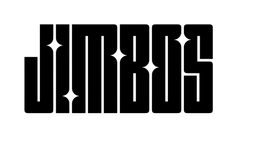Compound vs Polish – What’s the Difference?
Understanding the Tools Behind Paint Correction
One of the most common questions in detailing is: “What’s the difference between a compound and a polish?”
Both products help remove paint defects, but they work differently and are used in different situations. In this post, we’ll break down exactly what each one does—and when you should reach for one over the other.
🔧 What Is a Compound?
A compound is an abrasive product designed to remove deeper defects like:
- Swirl marks
- Light to moderate scratches
- Oxidation
- Heavy water spots
Compounds typically have larger abrasive particles that cut quickly into the clear coat. They restore clarity, but they often leave some haze behind that needs to be refined with a polish.
✨ What Is a Polish?
A polish uses finer abrasives than a compound. Its job is to refine the paint, increase gloss, and remove any light marring or haze left by a compound.
Polish is also great as a standalone product on cars with only light imperfections.
That’s where a high-quality one-step product like Picture Perfect Polish comes in—it cuts and finishes in one step depending on the pad you use.
🆚 Compound vs Polish – Quick Comparison
| Feature | Compound | Polish |
|---|---|---|
| Cutting Power | High | Low to Medium |
| Gloss Level | Moderate (refined with polish) | High |
| Best For | Swirls, scratches, oxidation | Haze removal, gloss enhancement |
| Risk Level | Higher (more aggressive) | Low |
💡 One-Step Polish = Best of Both Worlds
Products like Picture Perfect Polish combine cutting and finishing into one. The results depend on your pad and machine combo:
- Cutting pad = more defect removal
- Polishing pad = more gloss and refinement
One-step polishes save time, reduce dust, and leave a stunning finish in just one pass—especially on daily drivers or repaints.



